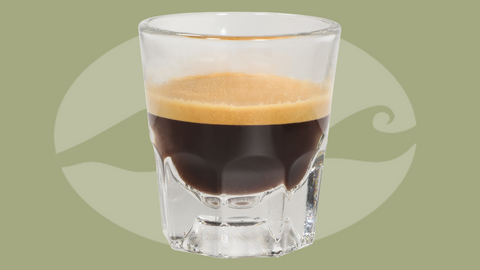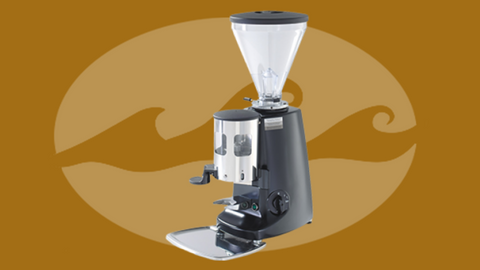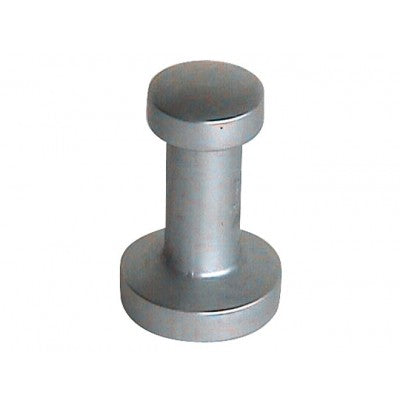There are many necessary factors all contributing to the perfect shot of espresso. The first is starting with a quality, fresh blend of coffee beans specifically blended and roasted for espresso. Of all the factors, we feel that the grind is the most important and will need to be monitored constantly. A good benchmark is for your ground coffee to have the consistency of sugar to the touch.
The best and most analytical test to ensure the proper grind is trial and error with test extractions after ensuring the correct dose and tamp. A single shot, 1 1/2 ounce extraction should take 20 to 25 seconds if the operator is using good beans. The 25-second extraction should have the consistency of honey as it flows out of the portafilter. The Italians call this coda della volpe, meaning the tail of the fox. The extracted shot should have a golden top layer called the crema. To check the consistency of your crema, a small amount of granulated sugar can be poured on top. If the crema is rich and thick, the sugar should float for several seconds.
Most espresso bars change their grind several times during the course of a day. Remember, if the grind is too coarse, it will result in little flavor. If the grind is too fine, the extraction will be slow, resulting in a very bitter brew. The correct grind allows just the right amount of time for the water to be in contact with the ground coffee. The first characteristics extracted from the coffee during the brewing process are the flavorful elements. Over-extraction results in the bitter elements of the bean being produced. The correct grind will allow the oils to emulsify with the water and produce the desired shot of espresso. Generally, coffee should not be ground ahead of time, and you should only anticipate the amount needed for the next 15 to 30 minutes. Coffee, once ground, begins to lose its flavor and aroma within approximately 60 minutes.
In addition to the grind, there are a few other factors that can affect the taste of your espresso:
1. Over-extraction:
- If the coffee grounds are in contact with water for too long (e.g., using a fine grind or slow brewing method), the coffee can taste bitter or burnt due to over-extraction of undesirable flavors.
2. Water Temperature Too High:
- Brewing coffee with water that's too hot (above 205°F or 96°C) can scorch the grounds, leading to a burnt or bitter taste, even if the coffee is not dark roasted.
3. Dirty Equipment:
- Coffee oils and residue left in the machine or brewing equipment can become rancid and give new brews a burnt or bitter taste. Regular cleaning is essential.
4. Too Much Coffee in the Basket:
- Over-packing the coffee basket or portafilter can cause uneven extraction, leading to some parts of the coffee being over-extracted, which can result in a burnt taste.
5. Grind Size Issues:
- Grinding the beans too fine for the brewing method can increase extraction time, leading to over-extracted and burnt-like flavors, even from lighter roasts.
By monitoring these factors and keeping your grind consistent, you can ensure a well-balanced and flavorful espresso shot every time.




